- Pregnancy
- Injury
- Infection
- Arthritis
- Ankylosing spondylitis
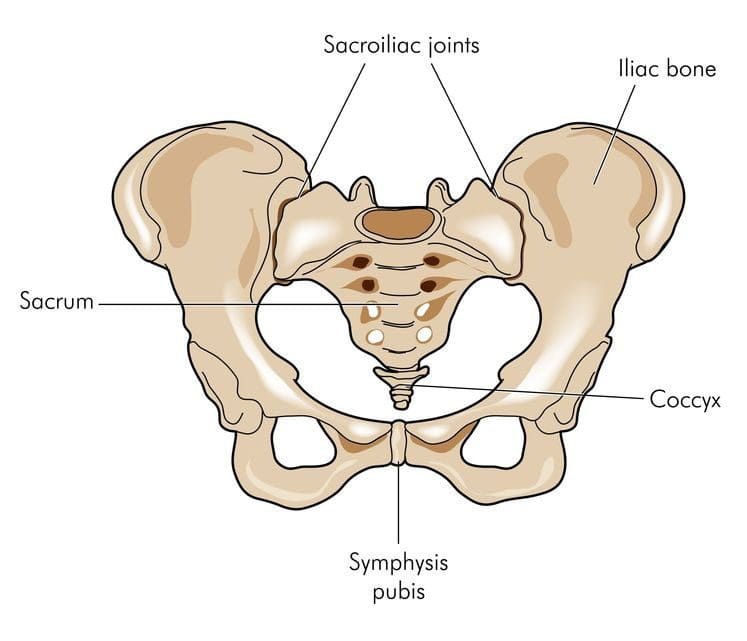
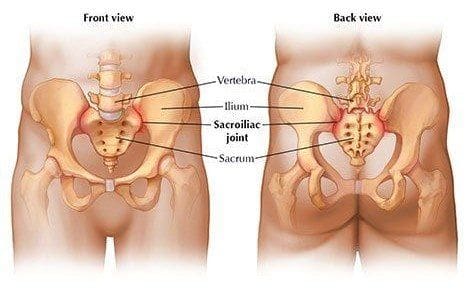
Table of Contents
Stretches
Piriformis stretch
The piriformis muscle extends over the hip and can aggravate the sacroiliac joint when it becomes tight. To help stretch the muscle:- Lie on back with knees bent
- Feet flat on the floor
- Slowly raise the right leg
- Bring the right knee toward chest
- Gently pull the leg in until there is a comfortable stretch in the buttock
- Exhale during the stretch movement
- Hold the stretch for 30 seconds
- Lower leg
- Repeat on the left leg
- Repeat each side 3 times daily, as needed
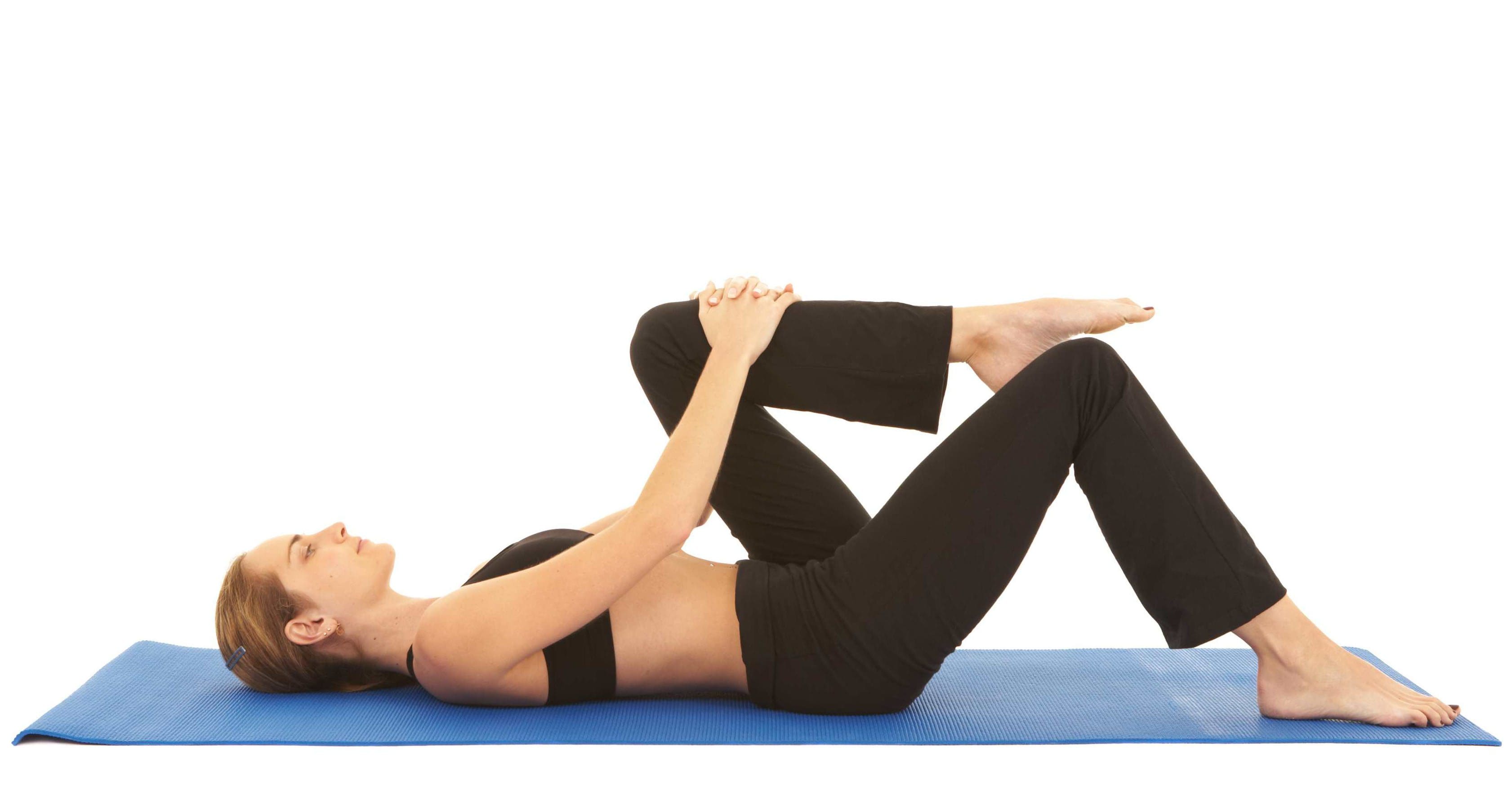
Trunk rotation
Trunk rotation increases flexibility in the low back and hips. This can help relieve pressure on the sacroiliac joints. To do this stretch:- Lie on back with knees bent
- Feet flat on the floor
- With knees together
- Slowly rotate to one side
- Feet, hips, and back should stay on the floor
- Hold 3-5 seconds
- Move knees to the opposite side
- Repeat 5-10 times on each side

Bridge
This is a stretch that strengthens the muscles in the lower back, buttocks, and hips.- Lie on back with arms at side
- Knees should be bent, and feet flat on the floor
- Slowly raise hips while squeezing buttocks and hamstrings
- Hold raised position for 5 seconds
- Repeat 10 times

Water Therapy and Yoga Exercises
Aquatics and yoga are a gentle and natural form of exercise that is recommended for staying active. Talk to a doctor before starting any exercise program. Aquatic therapy, known now as hydrotherapy/water therapy, is one of the gentlest forms of exercise and is highly effective. Exercising in water creates an almost weightless environment without gravity. Hydrotherapy uses the resistance from the water to improve strength and flexibility without straining the muscles. Regular exercise can cause pain by placing added pressure on the sacroiliac joints. Water therapy conditions the spine and hip muscles without generating muscle stress. Another option for individuals with back pain is yoga. The following poses are recommended and beneficial for the sacroiliac joints:Child’s pose
This pose stretches the hips and thighs and is a great yoga pose for beginners.
Cobra
Cobra pose can help strengthen and stabilize the sacroiliac joints.- Lie flat on the stomach
- Hands beneath the shoulders
- Slowly push up as far as the arms extend
- Bring upper body off the ground
- Keep the pelvis and legs on the floor
- When extended, be sure low back and buttocks are relaxed
- Hold for 15 to 30 seconds
- Gently lower to the floor

Triangle pose
Triangle pose helps to strengthen the sacroiliac joints and makes them less susceptible to pain. However, this pose involves twisting, so make sure to do this pose only when the joints are stable and pain-free.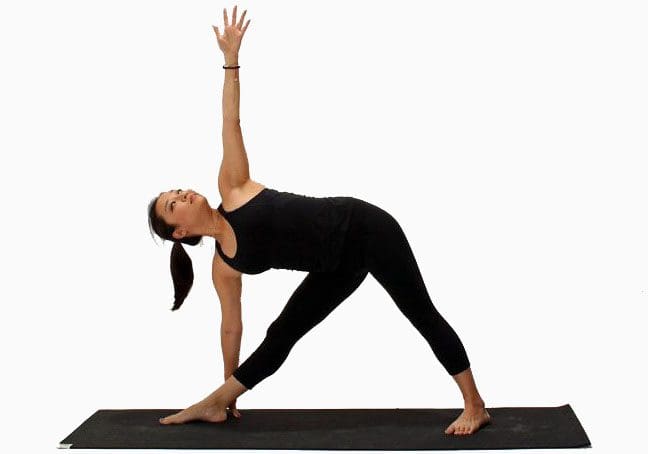
Before stretching and exercise
Before starting any stretching or exercise program, check with a doctor or chiropractor, if the joints are able then the stretching/exercise could begin right away. However, in most cases, a doctor will refer the patient to a physical therapist or chiropractor to create a customized exercise and stretching plan. The therapist will show exactly what activities will strengthen the joints and how to do them properly and safely. These movements can help condition the spinal and abdominal muscles. This can help prevent future episodes of back pain. If an individual just had surgery for sacroiliac joint pain, the surgeon more than likely prescribed a customized rehabilitation stretching/exercise program. Follow instructions, and get the surgeon’s approval before engaging in anything outside of the plan.Staying fit safely
When dealing with sacroiliac joint dysfunction or sacroiliitis, physical activity may need to be redefined after treatment. As regular exercise could mean strenuous activity and could do more damage. Exercises like heavy weightlifting, contact sports, and intense biking could place excessive pressure on the joints. A doctor or chiropractor will offer the best stretching and exercises for every individual. Physical activity combined with gentle stretching and conditioning exercises can effectively reduce low back and hip pain. Talk to a doctor, chiropractor, or physical therapist about incorporating healthy exercise into a daily regimen. For some, the workout might not feel like there’s anything going on, but the effects on the pain will be.
Chiropractic Hip Labral Tear Treatment
Dr. Alex Jimenez’s Blog Post Disclaimer
The scope of our information is limited to chiropractic, musculoskeletal, physical medicines, wellness, and sensitive health issues and/or functional medicine articles, topics, and discussions. We use functional health & wellness protocols to treat and support care for injuries or disorders of the musculoskeletal system. Our posts, topics, subjects, and insights cover clinical matters, issues, and topics that relate and support directly or indirectly our clinical scope of practice.* Our office has made a reasonable attempt to provide supportive citations and has identified the relevant research study or studies supporting our posts. We also make copies of supporting research studies available to the board and or the public upon request. We understand that we cover matters that require an additional explanation as to how it may assist in a particular care plan or treatment protocol; therefore, to further discuss the subject matter above, please feel free to ask Dr. Alex Jimenez or contact us at 915-850-0900. The provider(s) Licensed in Texas& New Mexico*Post Disclaimer
Professional Scope of Practice *
The information herein on "Sacroiliac Joint Stretches and Exercises for Pain Relief" is not intended to replace a one-on-one relationship with a qualified health care professional or licensed physician and is not medical advice. We encourage you to make healthcare decisions based on your research and partnership with a qualified healthcare professional.
Blog Information & Scope Discussions
Welcome to El Paso's Premier Wellness, Personal Injury Care Clinic & Wellness Blog, where Dr. Alex Jimenez, DC, FNP-C, a Multi-State board-certified Family Practice Nurse Practitioner (FNP-BC) and Chiropractor (DC), presents insights on how our multidisciplinary team is dedicated to holistic healing and personalized care. Our practice aligns with evidence-based treatment protocols inspired by integrative medicine principles, similar to those found on this site and our family practice-based chiromed.com site, focusing on restoring health naturally for patients of all ages.
Our areas of multidisciplinary practice include Wellness & Nutrition, Chronic Pain, Personal Injury, Auto Accident Care, Work Injuries, Back Injury, Low Back Pain, Neck Pain, Migraine Headaches, Sports Injuries, Severe Sciatica, Scoliosis, Complex Herniated Discs, Fibromyalgia, Chronic Pain, Complex Injuries, Stress Management, Functional Medicine Treatments, and in-scope care protocols.
Our information scope is multidisciplinary, focusing on musculoskeletal and physical medicine, wellness, contributing etiological viscerosomatic disturbances within clinical presentations, associated somato-visceral reflex clinical dynamics, subluxation complexes, sensitive health issues, and functional medicine articles, topics, and discussions.
We provide and present clinical collaboration with specialists from various disciplines. Each specialist is governed by their professional scope of practice and their jurisdiction of licensure. We use functional health & wellness protocols to treat and support care for musculoskeletal injuries or disorders.
Our videos, posts, topics, and insights address clinical matters and issues that are directly or indirectly related to our clinical scope of practice.
Our office has made a reasonable effort to provide supportive citations and has identified relevant research studies that support our posts. We provide copies of supporting research studies upon request to regulatory boards and the public.
We understand that we cover matters that require an additional explanation of how they may assist in a particular care plan or treatment protocol; therefore, to discuss the subject matter above further, please feel free to ask Dr. Alex Jimenez, DC, APRN, FNP-BC, or contact us at 915-850-0900.
We are here to help you and your family.
Blessings
Dr. Alex Jimenez DC, MSACP, APRN, FNP-BC*, CCST, IFMCP, CFMP, ATN
email: coach@elpasofunctionalmedicine.com
Multidisciplinary Licensing & Board Certifications:
Licensed as a Doctor of Chiropractic (DC) in Texas & New Mexico*
Texas DC License #: TX5807, Verified: TX5807
New Mexico DC License #: NM-DC2182, Verified: NM-DC2182
Multi-State Advanced Practice Registered Nurse (APRN*) in Texas & Multi-States
Multistate Compact APRN License by Endorsement (42 States)
Texas APRN License #: 1191402, Verified: 1191402 *
Florida APRN License #: 11043890, Verified: APRN11043890 *
License Verification Link: Nursys License Verifier
* Prescriptive Authority Authorized
ANCC FNP-BC: Board Certified Nurse Practitioner*
Compact Status: Multi-State License: Authorized to Practice in 40 States*
Graduate with Honors: ICHS: MSN-FNP (Family Nurse Practitioner Program)
Degree Granted. Master's in Family Practice MSN Diploma (Cum Laude)
Dr. Alex Jimenez, DC, APRN, FNP-BC*, CFMP, IFMCP, ATN, CCST
My Digital Business Card
RN: Registered Nurse
APRNP: Advanced Practice Registered Nurse
FNP: Family Practice Specialization
DC: Doctor of Chiropractic
CFMP: Certified Functional Medicine Provider
MSN-FNP: Master of Science in Family Practice Medicine
MSACP: Master of Science in Advanced Clinical Practice
IFMCP: Institute of Functional Medicine
CCST: Certified Chiropractic Spinal Trauma
ATN: Advanced Translational Neutrogenomics


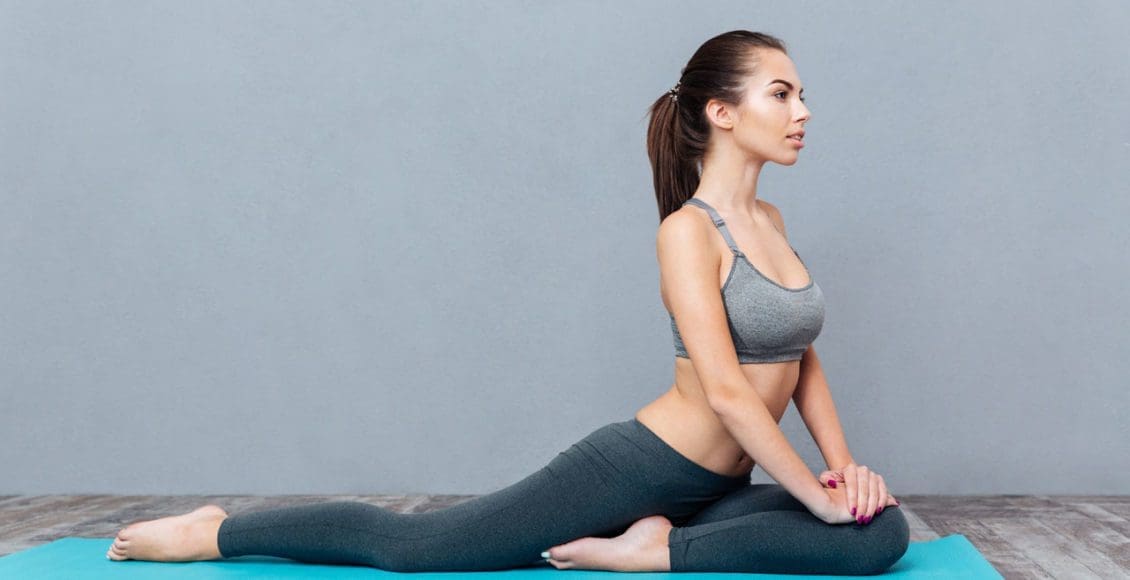


 Again, We Welcome You.
Again, We Welcome You.
Comments are closed.